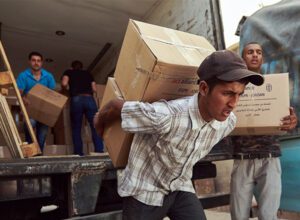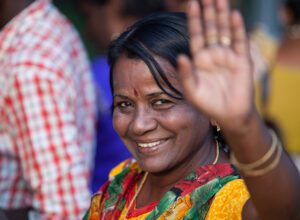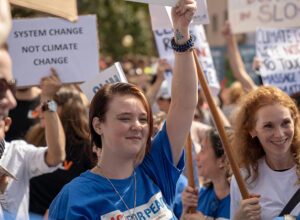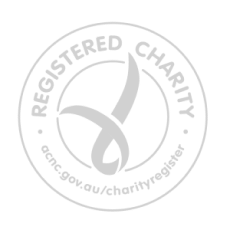June 18, 2023, marks the start of Refugee Week. This year, the theme is Finding Freedom which encourages us to consider ‘what does it mean to be free?’.
Freedom means many things for each of us around the world, but deep down we all know it is precious and fundamental for our wellbeing.
Freedom includes the right to move freely, to work, to live without fear of violence, to speak freely, and perhaps most important of all, to be free from discrimination, which leads to exclusion, marginalisation and abuse; because as human beings we all need to feel a sense of belonging to a family, a community, and a country. Yet these are exactly the things that millions of displaced people are denied; everything that constitutes human dignity.
When people are stripped of these rights, many are forced to make impossible decisions; to abandon their homes, their land, leave their country, and even friends and relatives, and then undertake perilous journeys in search of safety, security and a better future for themselves and their children.
We believe that no-one should have to make those decisions. It is the ultimate injustice and one that we can and must do something about.
In the lead up to Refugee Week, UNHCR released the latest figures on global displacement, figures that have dramatically increased in the last few years, or even months.
Where is global displacement now?
The global figures are rising at a rate we have never seen before. In May 2022, the number of people who had been forcibly displaced jumped to 100 million; hit 108 million by December 2022 and now — six months later — has reached 110 million.
These are unprecedented times. Global forced displacement has more than doubled in the last decade and given current displacement rates it will likely double again in 7-8 years’ time.
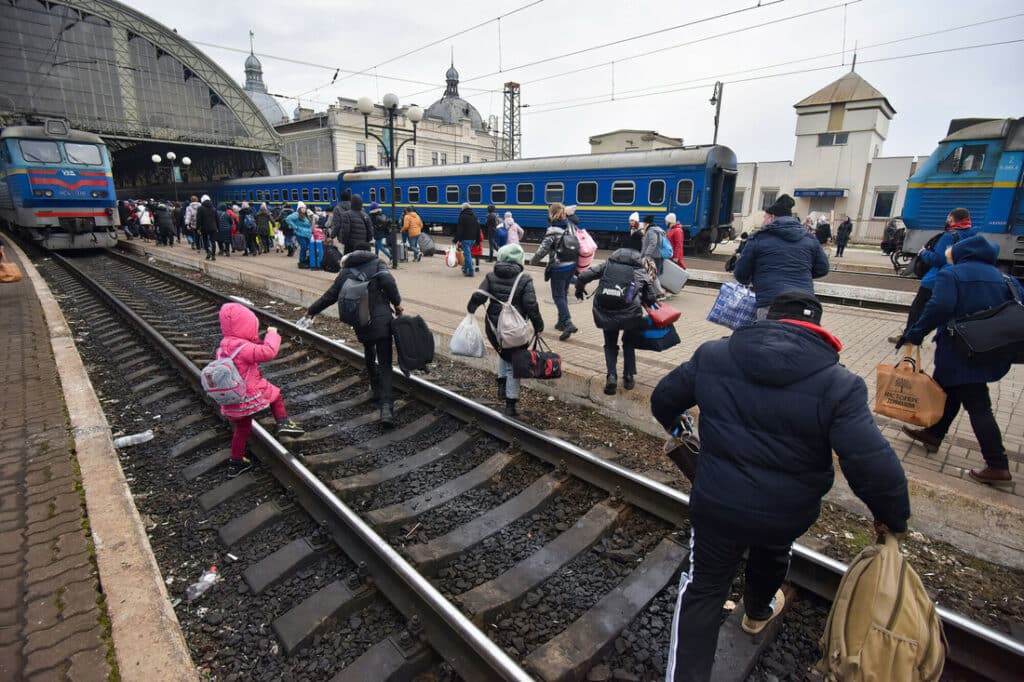
So, what is forced displacement and who does it include?
Forced displacement is usually defined by UNHCR and most humanitarian agencies as people forcibly displaced because of conflict, violence, human rights abuses and persecution based on race, ethnicity, political opinion, sexual orientation and other criteria, (such as refugees as defined under the Refugee Convention).
The 110 million forcibly displaced figure mentioned above doesn’t include people displaced by climate change, disasters, or corrupt or aggressive development projects (such as indigenous people displaced due to the building of dams, mines, palm oil plantations, or land grabs) even though they often lead to ‘forced’ displacement.
On top of those forcibly displaced due to conflict or violence, on average each year over the past decade, a further 24 million people were forcibly displaced by disasters, including evacuations. While the majority return home within weeks, many are displaced for much longer periods, particularly after severe disasters.
What’s driving the numbers?
While most of the focus is often on the countries contributing to displacement (such as conflicts in Ukraine, Ethiopia, Syria or Afghanistan), the basic problem is that the rate of displacement has exceeded the international communities’ willingness and ability to find lasting solutions to end people’s displacement (such as being able to return home when peace is restored, integrate in a host country, or be resettled as a refugee to a third country like Australia. As a result, more and more people are living in protracted refugee and internal displacement situations, in overcrowded camps, urban slums and remote rural areas.

Why can’t the international community develop solutions faster?
It’s complex and multifaceted. Firstly, there is a lack of action to prevent conflicts erupting and re-erupting – meaning more people are forcibly displaced internally and across borders as refugees, and fewer can return home safely.
Secondly, host states have become quite hostile to the idea of allowing permanent local integration for refugees – for example a pathway to citizenship – as they fear attracting more refugees. And host states – often poorer countries struggling in their own right — are becoming more and more resistant to the idea of hosting massive refugee populations, so refugees often have to travel further, putting pressure on other states to close their borders. Unfortunately, Australia has led the race to the bottom in deterring refugee arrivals with mandatory detention, offshore detention and processing.
Thirdly, global resettlement places hit an all-time low during recent political climates both here and internationally, and then fell off dramatically with COVID border closures. It’s only in the last year that concerted efforts have been made to rebuild resettlement pipelines where resettlement states can get back to the numbers they previously resettled and expand the number of resettlement countries and the number of places they offer.
And lastly, despite ever increasing humanitarian needs due to increased disasters, conflicts, and the pandemic – funding has become less available for charities working on durable solutions. Big public emergencies make headlines and generate funding, but this diverts much-needed funds from the longer term, sustainable solutions.
What does the future hold?
Act for Peace believes in a world where everyone has a safe place to belong, and we are working hard to get there. This means developing long-term, durable solutions that empower the partners we work with to lead in their communities. We are currently working with our partners to supply emergency food, healthcare and life-saving support where it’s needed most. But we are also looking towards the future to help build more long-term solutions.
For example, Act for Peace is working with the Organisation for Eelam Refugees’ Rehabilitation (OfERR) helping to create solutions for Sri Lankan refugees to return home from India. And we are working on research projects on refugee-led protection initiatives with many partners, which try to increase visibility of their projects, while drawing in resources and support for them.
Act for Peace is also leading the Australian Council for International Development’s (ACFID) dialogue with the Department of Foreign Affairs and Trade (DFAT) on displacement — hoping to encourage Australia to have a more strategic approach to displacement and utilise its diplomacy, development and aid to supply solutions and work to prevent conflict-driving displacement.
Lastly, we are supporting our partners on the ground as they work towards creating opportunities for people forcibly displaced to create the lives they want for themselves. In Kenya, this is the self-reliance program, in Jordan this is the Graduation program. These programs are ground-breaking and could offer a pathway for millions to be empowered, and completely self-sufficient in the face of immense challenges.
To find out more about how you can support Act for Peace’s initiatives, please head to our Act for Peace partners page here.
Explore more of our articles here.



